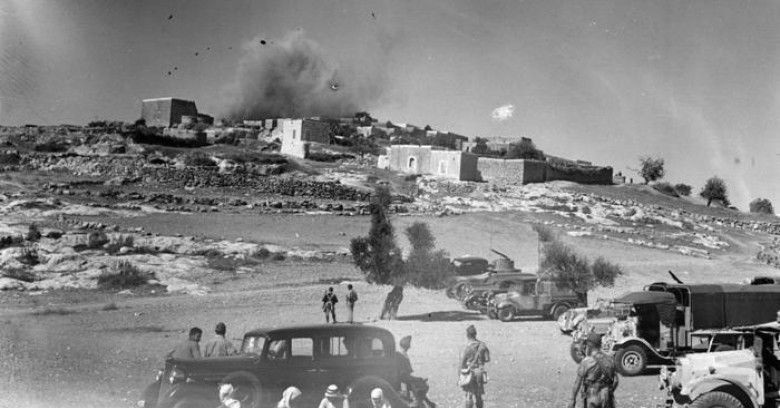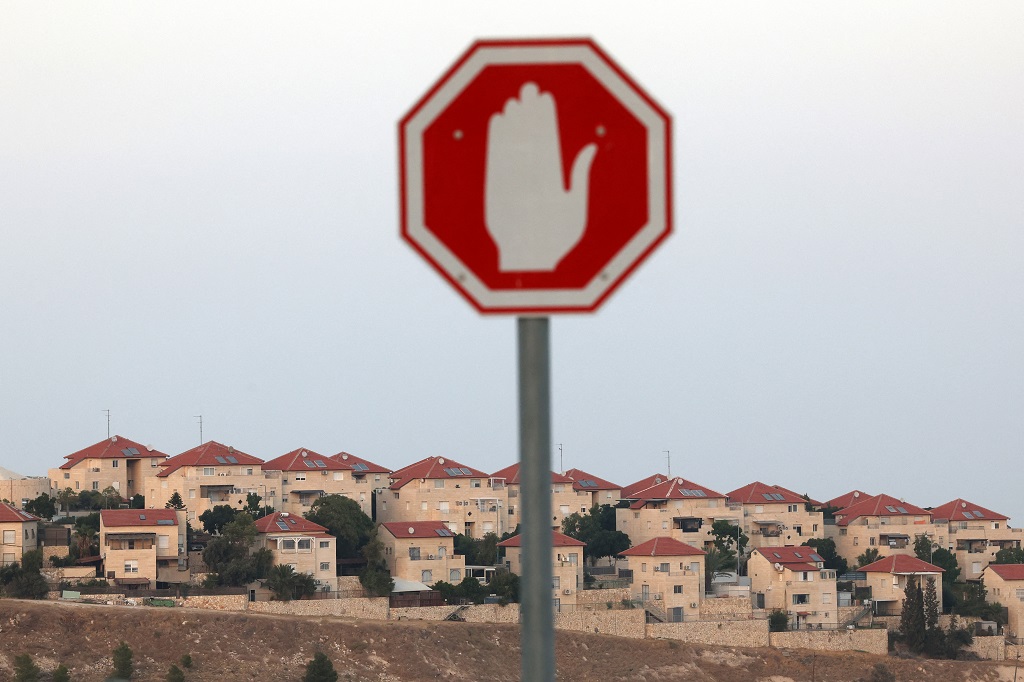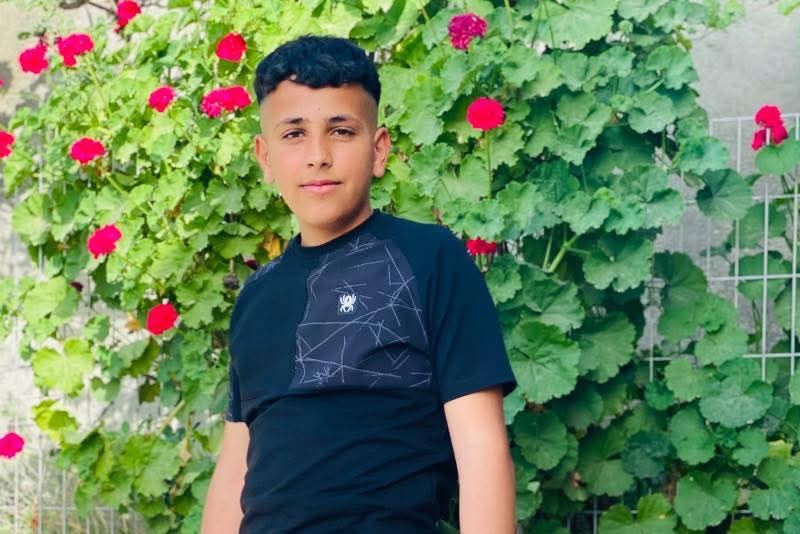RAMALLAH, July 8, 2015 (WAFA) –
Ministry of Foreign Affairs, in a statement released on Wednesday, condemned
the Israeli government’s decision to build a new section of the Separation Wall
in the Cremisan valley near the town of Beit Jala.
It said the decision allows the
confiscation of large swathes of private and state land, undermines the
potential of a viable Palestinian state and paves the way for further settlement
activities.
“The building [of the fence] is
an ‘assassination’ of the principle of a two-state solution in the full view of
the world and the different countries,” the statement said.
In December 2014, the Assembly
of Catholic Ordinaries of the Holy Land (ACOHL) called for taking immediate
action against extending the separation barrier into the Cremisan Valley.
ACOHL considered that the last
hearing held by the Israeli High Court on November 30 2014 “was meant to
pressure the residents in order to make a choice between two unacceptable
alternatives, both to the community and the Salesian Congregation.”
It maintained that it “stands
wholeheartedly with achieving justice in Cremisan and against building the
separation wall, which is contrary to international law.”
Contrary to Israeli allegations
that the wall is built for security reasons, ACOHL said “the wall is intended
by Israel not to achieve security for its pre-June 1967 borders, but to protect
the settlements illegally constructed on previously confiscated land in the
early seventies and to give more expansion to Gilo and Har Gilo settlements.”
An OCHA 2011 report addressing
the impact of the barrier said that, “The Barrier, and related restrictions,
has resulted in an increasing fragmentation of territory, including the
continuing isolation of East Jerusalem from the remainder of the oPt.”
The Barrier has also cut off
land and resources needed for Palestinian land and development, resulting in
the curtailment of agricultural practice and the undermined of rural livelihoods
throughout the West Bank, it said.
“The civilian population in the
oPt has the right to move freely and in safety within, as well as to and from,
the West Bank (including East Jerusalem) and the Gaza Strip. Free
Movement and access, as well as
the ability to plan and develop communities, are vital to sustain livelihoods,
reduce dependence on humanitarian assistance, and enable economic recovery,”
stressed OCHA.
In a different report published
in 2013, OCHA stated that, “The vast majority of the wall's route is located
within the occupied West Bank, rather than on the Green Line, separating Palestinian
communities and farming land from the rest of the West Bank and contributing to
the fragmentation of the occupied Palestinian territory.'
When completed, the Wall will annex
some 46% of the West Bank, isolating communities into Bantustans, ghettos and
“military zones”, according to the Palestinian Grassroots Anti-Apartheid Wall
Campaign.
This means the Palestinian
population in the West Bank and Gaza Strip, including almost 1.5 million
refugees, will be encircled on only 12% of mandate Palestine.
The Wall is present in the
districts of Bethlehem, parts of Ramallah, Qalqilya, parts of Tulkarm and
throughout the Jerusalem envelope. It is eight meters high - twice the height
of the Berlin Wall - with watchtowers and a “buffer zone” 30-100 meters wide
for electric fences, trenches, cameras, sensors, and military patrols.
In other places, the Wall
consists of layers of fencing and razor wire, military patrol roads, sand paths
to trace footprints, ditches and surveillance cameras.
M.N/T.R/M.H











